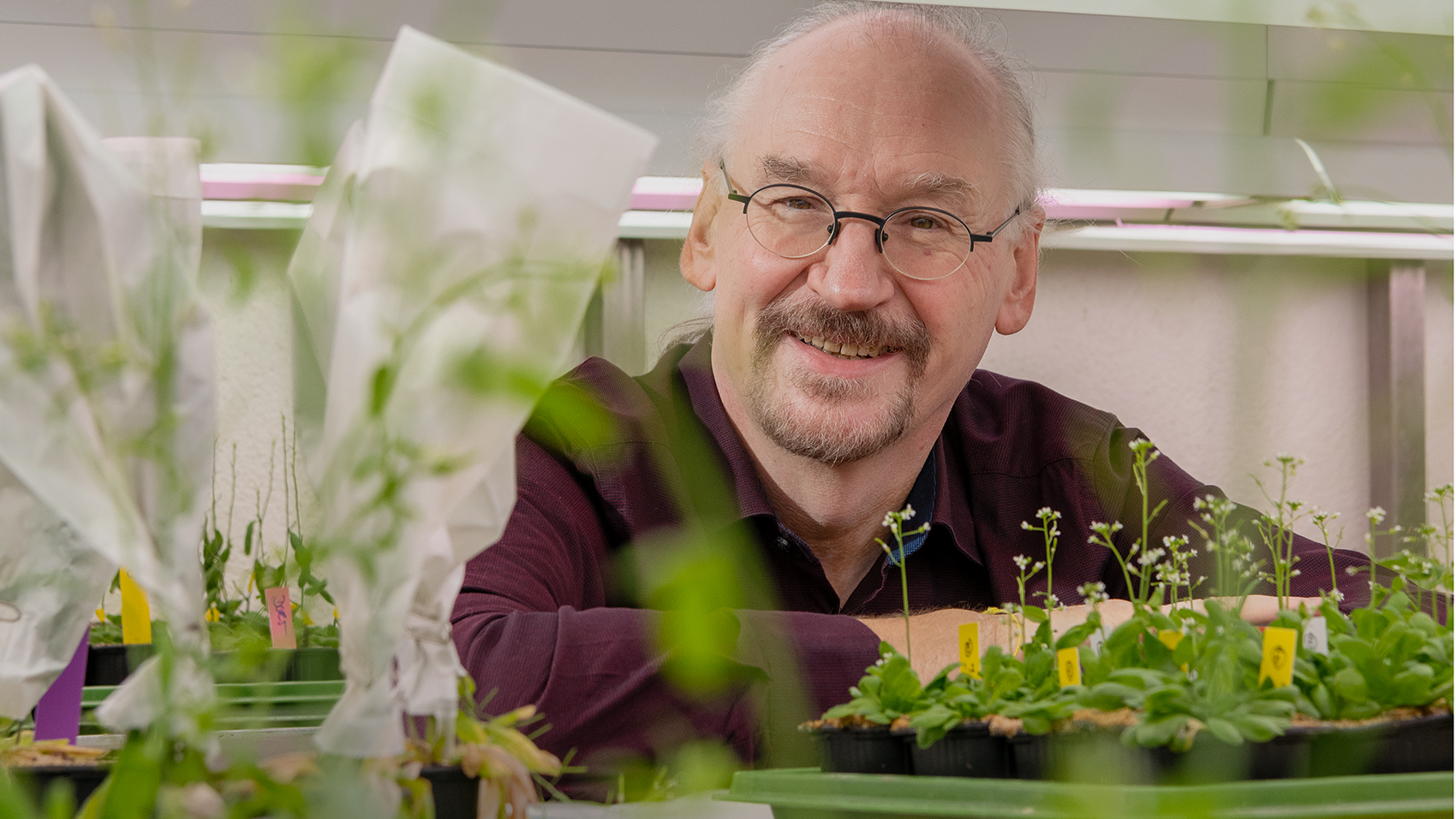In the Beginning Was the Popcorn

Genetically modified crops could contribute to making agriculture more sustainable and productive, says Ueli Grossniklaus. This new green genetic engineering has so far met with skepticism – but the challenges of climate change and the global grain crisis may change people’s views.
“All of our modern vegetables emerged from lengthy breeding processes,” says Grossniklaus. “Humans have always selected the qualities that were most useful to them and developed them further.” Even today, wild and cultivated plants are crossed with related species to preserve certain desirable traits.
In mutation breeding, the genome of plants is exposed to radiation or chemicals to generate random genetic variations. The most desirable of these mutations is then selected and optimized. The kind of wheat we use to make pasta came about in this way, as did pink grapefruit and tens of thousands of other types of plants. These common breeding processes are extremely time intensive, due to the many unwanted mutations which have to be engineered out with complicated reverse hybridization processes.
A new plant-breeding method is genome editing with Crispr/Cas9 gene scissors, a technique that in the last decade has opened up previously unimagined possibilities. This method of gene editing makes the plant breeding process much quicker, says Grossniklaus.
He believes it could be used to quickly and precisely breed more resistant and sustainable plants that are better adapted to the local climatic conditions. The gene scissors allow specific genes to be individually edited, meaning agricultural plants can be bred with almost no unwanted changes. “What’s more, plants bred in this way are indistinguishable from those bred using traditional breeding methods,” says Grossniklaus.